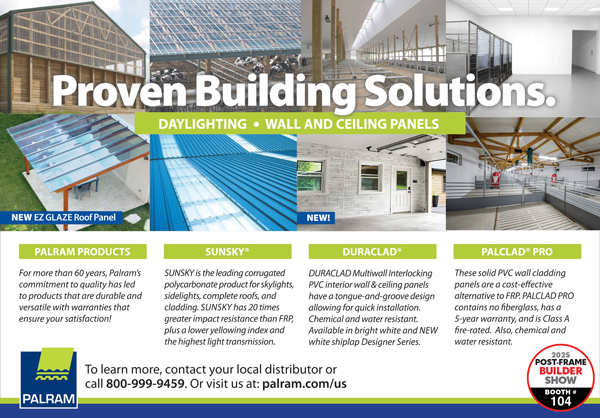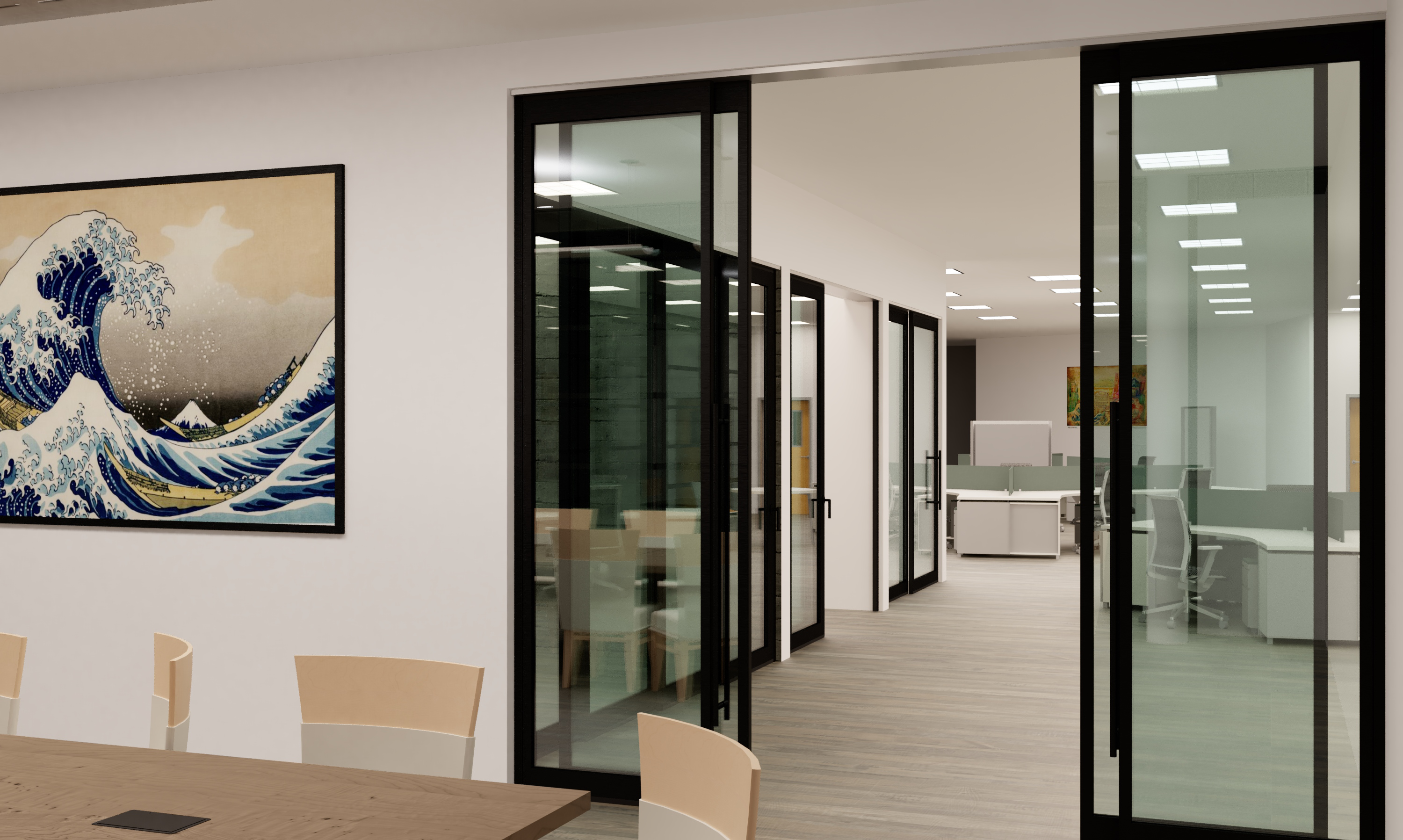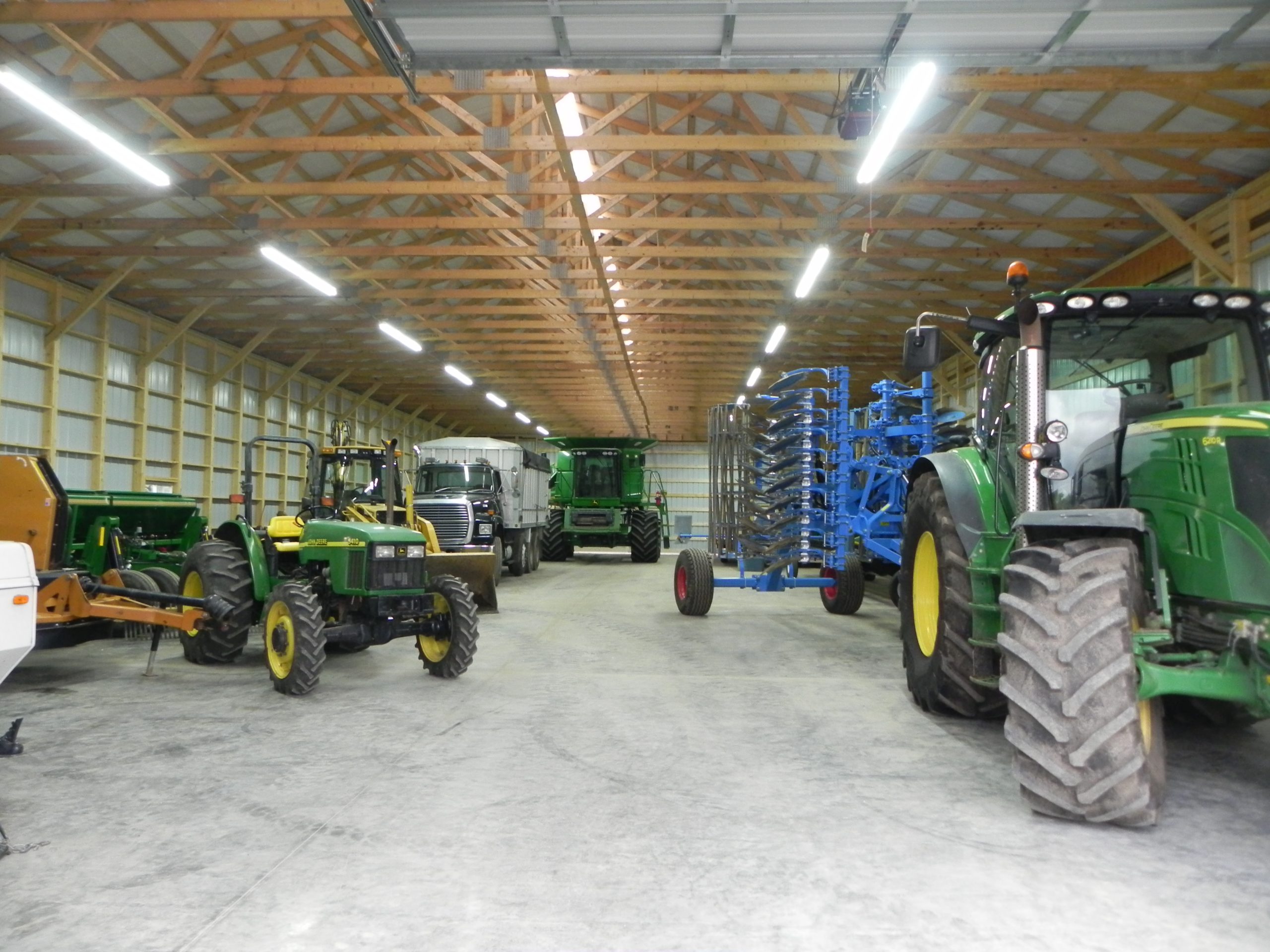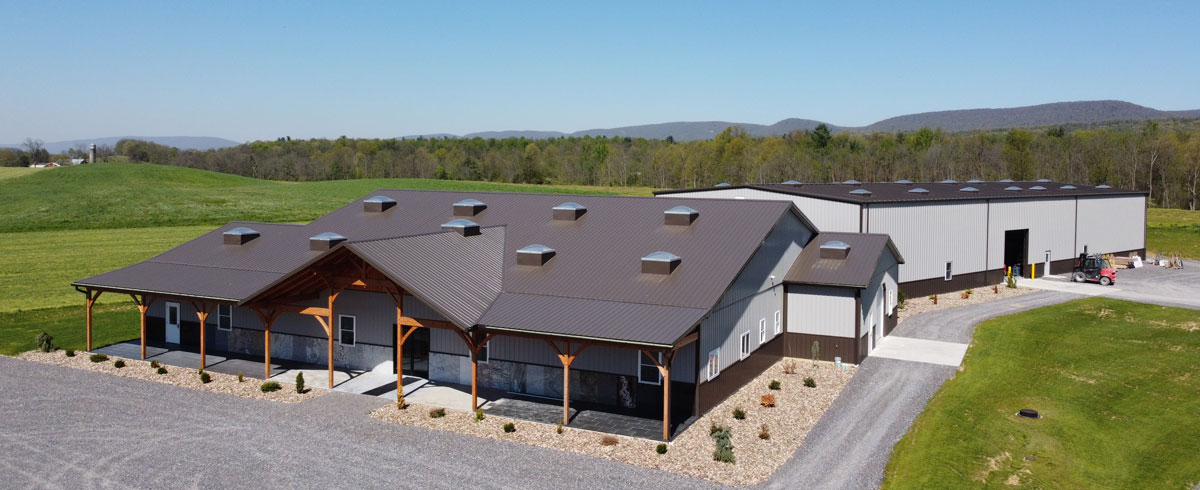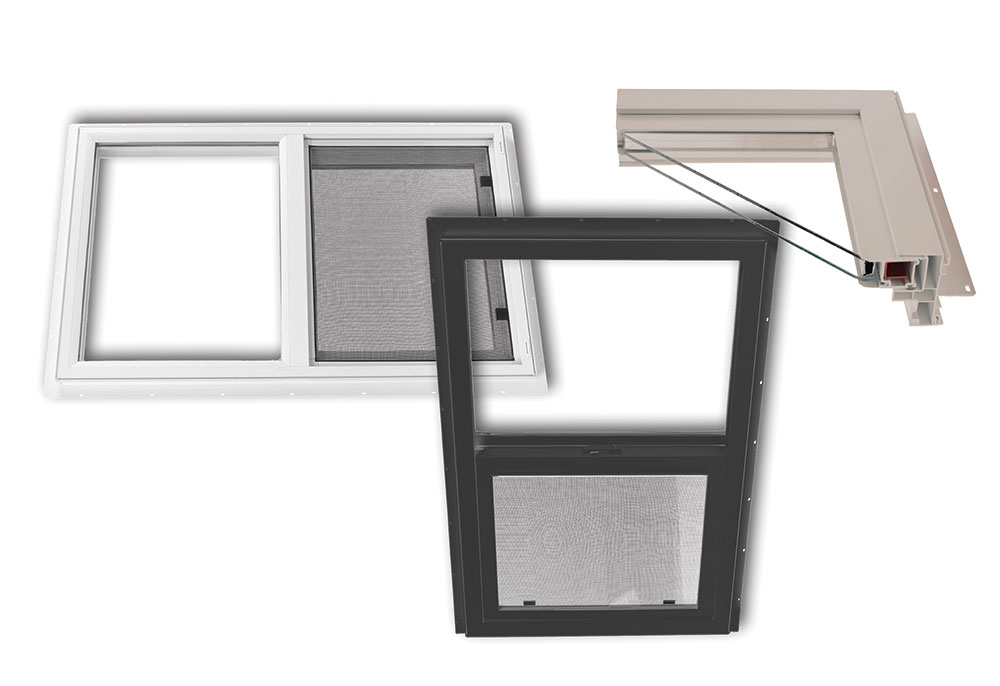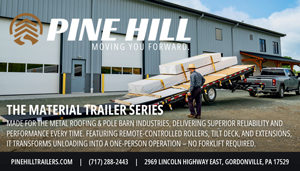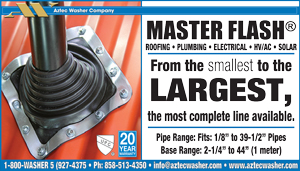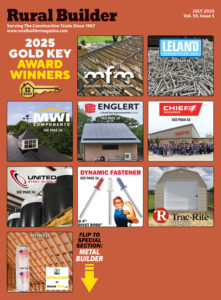Working in natural light not only feels good, but it’s good for you. Author and scientific researcher Lisa Heschong recently shared her research findings on the benefits of daylighting and window views with the Fenestration and Glazing Industry Alliance (FGIA, FGIAonline.org) at its 2021 Virtual Summer Conference. A licensed architect, Fellow of the Illuminating Engineering Society (IES) and a founding principal of the Heschong Mahone Group (HMG), Heschong spoke about the many benefits of daylighting and how the fenestration and glazing industry is poised to take advantage of these attributes.
“My journey in daylighting has involved interviewing factory workers and others about lighting quality,” said Heschong. “I did a series of studies on the impact of daylighting on human performance, including in schools. I tried to quantify the impact of daylighting on worker performance. ‘View’ was the big winner in my daylighting studies.”
Heschong noticed that simulated lighting products started to crop up in the marketplace, billed as “dynamic lighting” or “circadian lighting.” “Research groups around the country looked at integrated office systems that simulated views or created ‘integrated environments,’” she said.
Less Dependence on Artificial Lighting
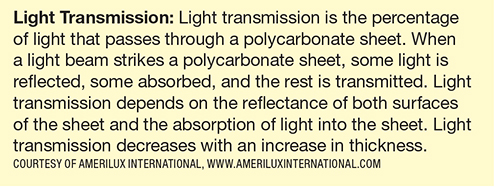
Your customer will be less dependant on artificial (circadian) lighting if you provide them with plenty of natural lighting with skylights, windows, and polycarbonate panels. In this article, we focus on polycarbonate panels, which have a broad range of applications in low-rise construction.
Polycarbonate panels are either transparent (you can see through them) or translucent (light comes through them but you can’t see through them clearly). Selecting a panel profile that fits the exterior is important. “Typically the metal panel profile is mimicked by the polycarbonate panel and these different profiles can be used as skylights or cut-down for sidelights on a building,” said Alicia Cahill, Customer Service Manager, MWI Components. MWI Components offers seven polycarbonate profiles in a variety of lengths, colors, and thicknesses: Classic AG Panel, Heavy Duty Classic AG Panel, Pro Panel, Ridge Light, CD 2000, Commercial Grade R Panel, and Heavy Duty 1/16” R Panel. Colors include Clear, Opal, Solar Grey, and Soft White. “Most panels are offered in varying shades to allow for customization to the structures’ intended purpose/use,” she continued. It’s important to not choose a panel that is too thin for its intended purpose; don’t sacrifice structural integrity in the name of cost savings.
Corrugated polycarbonate is durable and has a high degree of light transmission. This fact makes the material an excellent choice for increasing the amount of natural light in structures in which animals or people spend any significant amount of time. “Naturally day lit buildings not only create a pleasant and improved environment for livestock,” said Cahill, “but they also have significantly lower running costs, and they are more energy efficient than buildings relying on artificial light sources.”
Also of import is making sure the panel is oriented correctly. “Know which side or what panels are UV protected so you are not using a panel in a lighted situation that may lead to eventual deterioration,” Cahill cautioned.
Working With Polycarbonate

Onduline’s TUFTEX Master Series PolyCarb panels are designed to withstand surface temperatures from 270° F to -40° F. The company’s Clear panels allow 90% light transmission, while the Translucent White panels allow 70% light transmission.
No special tools are needed to cut or install polycarbonate panels, but there are some cutting and installation tricks that will prevent damage and ensure maximum life expectancy from the material.
Check with the manufacturer (and any applicable local building codes) about cross-bracing requirements; sheet thickness and wind loading will have an affect on bracing requirements. For example, TUFTEX recommends horizontal bracing every 36” (bracing perpendicular to the direction that the panels will lay). Depending on the manufacturer or the product, the bracing required to meet the warranty conditions could be different.
Polycarbonate panels are easy to work with. A utility knife can be used to cut a single panel; detail cutting can be accomplished with tin snips. To cut several panels at a time, manufacturers recommend using a jigsaw or circular saw with a fine-tooth blade. (If using a circular saw, use a plywood/panel blade installed backwards.) Use a high blade speed and feed at a medium rate. Proper cutting speed is important: If you feed it too slow, the plastic will melt; too fast and the blade could break out large chips. Get a perfectly straight cut by clamping a straight edge to the stack of polycarbonate sheets to guide the saw.
Andrew Mullen, president of Direct Metals Inc., a supplier that offers a variety of single-ply polycarbonate panels, advised: “Avoid intersecting cuts — if one must be made, drill a hole at the intersection point and then saw to that point.”
Polycarbonates expand and contract more than most roofing and cladding materials, so installation requires predrilling. “Polycarbonate and PVC expand/contract at a different rate than the substrates that they will be fastened to,” advised Cahill. “The fastening holes must be oversized to allow for this expanding/contracting or the panels will get wavy, which could lead to cracking and crazing over time.” Depending on the panel manufacturer, it’s recommended users drill the hole anywhere from 1/16” to 1/8” larger than the diameter of the fastener.
Avoiding Crazing and Cracking
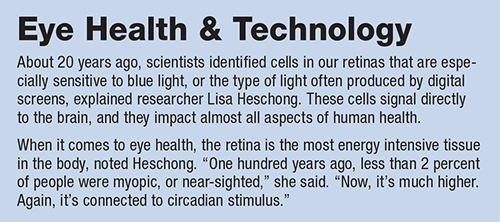
Mullen cautioned, “If you don’t predrill or predrill a large enough hole, you’ll get micro-cracks that grow into spider cracks around the fastener. This is the case for all polycarbonate panels.”
If fasteners are over-driven, the panels won’t be able to move as they expand and contract with temperature changes, which will cause dimpling, cracking, buckling and — ultimately — unhappy customers. Mullen advised, “Do not overtighten fasteners — this will cause the rubber washers to fully compress. It is best to use electric screw guns with torque-sensing devices and not impact drivers. Always drive the fastener perpendicular to the surface of the panels until seated. If the washer deforms, the fastener is too tight.”
For a leak-free installation, overlap one corrugation and seal the side laps and end laps with a neutral cure silicone sealant or approved butyl roll sealant tape. Lap ends a minimum of 4”. Use closure strips that match the profile of the corrugated panel on both ends and on horizontal supports.
Mullen cautioned, “While polycarbonate panels are resistant to a variety of chemicals, many sealants, paints, coatings, adhesives, and insulation backings may be adverse to the material. A reaction to sealants may look like spider cracking within the panel, weakening the panel’s integrity prior to installing. It is suggested to consult a pre-tested list of sealants, adhesives, and coatings from the manufacturer.”
When installing corrugated polycarbonate panels, fasten on the crown of the corrugation when the panel is applied on the roof; fasten in the valleys when installed on walls. Fasten the panel from one end to the other; don’t fasten from each end towards the middle. If installing a polycarbonate ridge cap, use closure strips, but reverse the strip so it’s facing down to fit into the panel profile on the roof. This will give you a smooth surface on which to mount the ridge cap.
Incorporating more natural lighting via polycarbonate panels into your builds will brighten their interiors and can give the building occupants a stronger feeling of well-being… even if the occupants have four legs instead of two. RB
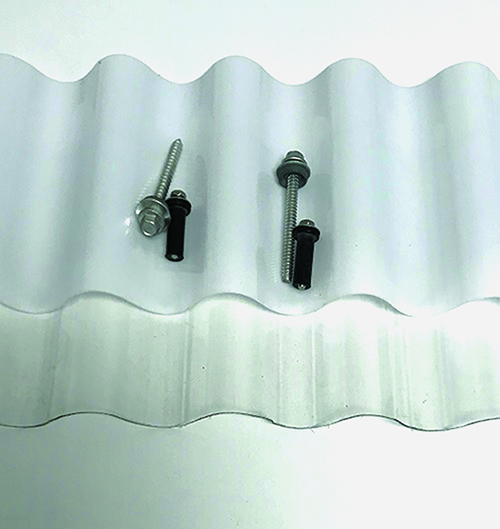
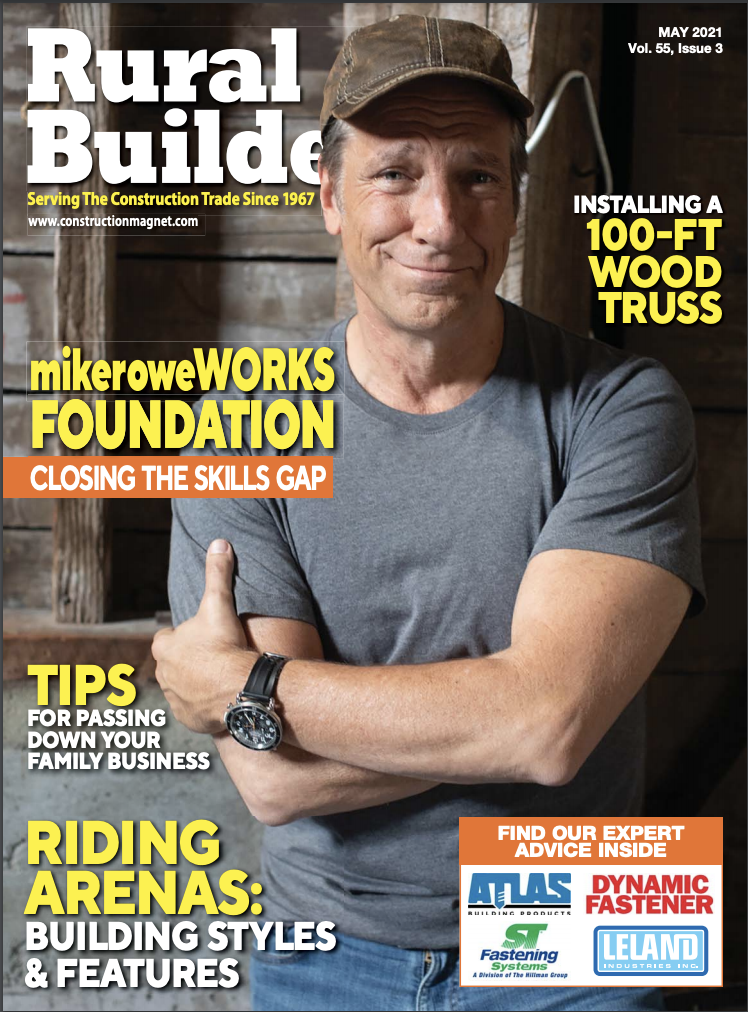
Subscriptions to Rural Builder magazine are free to anyone in construction-related trades. No strings, no catches. Sign up today for your free magazine subscriptions.


